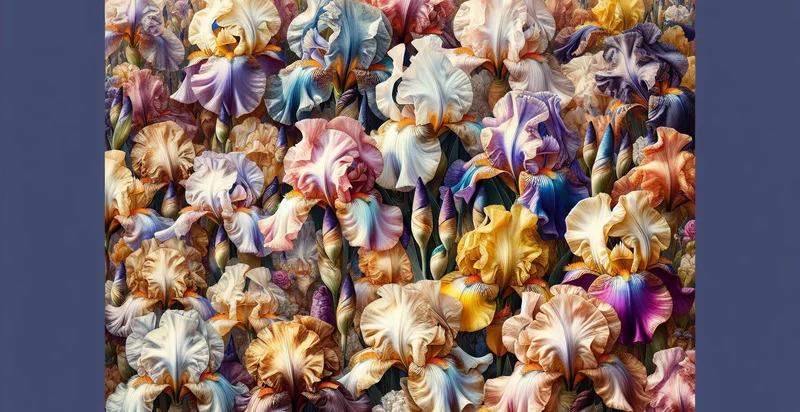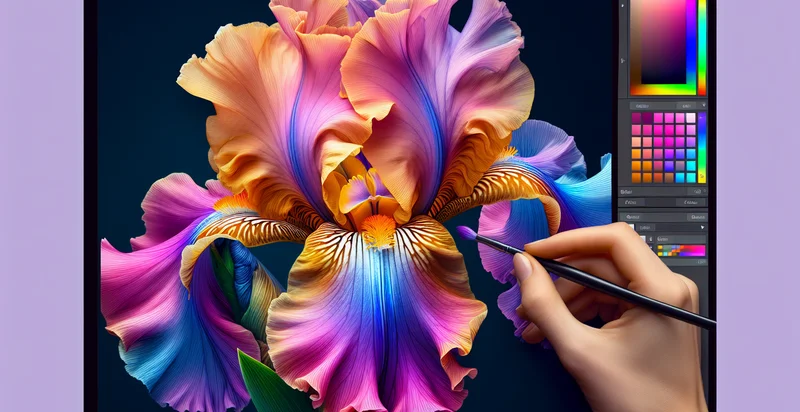Identify iris species
using AI
Below is a free classifier to identify iris species. Just upload your image, and our AI will predict what species of iris it is - in just seconds.

Contact us for API access
Or, use Nyckel to build highly-accurate custom classifiers in just minutes. No PhD required.
Get started
import nyckel
credentials = nyckel.Credentials("YOUR_CLIENT_ID", "YOUR_CLIENT_SECRET")
nyckel.invoke("iris-species", "your_image_url", credentials)
fetch('https://www.nyckel.com/v1/functions/iris-species/invoke', {
method: 'POST',
headers: {
'Authorization': 'Bearer ' + 'YOUR_BEARER_TOKEN',
'Content-Type': 'application/json',
},
body: JSON.stringify(
{"data": "your_image_url"}
)
})
.then(response => response.json())
.then(data => console.log(data));
curl -X POST \
-H "Content-Type: application/json" \
-H "Authorization: Bearer YOUR_BEARER_TOKEN" \
-d '{"data": "your_image_url"}' \
https://www.nyckel.com/v1/functions/iris-species/invoke
How this classifier works
To start, upload your image. Our AI tool will then predict what species of iris it is.
This pretrained image model uses a Nyckel-created dataset and has 3 labels, including Setosa, Versicolor and Virginica.
We'll also show a confidence score (the higher the number, the more confident the AI model is around what species of iris it is).
Whether you're just curious or building iris species detection into your application, we hope our classifier proves helpful.
Related Classifiers
Need to identify iris species at scale?
Get API or Zapier access to this classifier for free. It's perfect for:
- Agricultural Research: The iris species identifier can be utilized by agricultural researchers to classify and study various iris species in natural habitats. This information can help in understanding species distribution, ecological conditions, and potential conservation efforts.
- Environmental Monitoring: Environmental scientists can leverage this classification function to monitor the health of ecosystems. By identifying iris species in a given area, they can assess the impact of environmental changes and biodiversity loss.
- Botanical Gardens: Botanical gardens can implement the iris species identifier to manage plant collections effectively. The system can help staff categorize and catalog different iris varieties, enhancing visitor experiences through educational displays and guided tours.
- E-commerce Plant Sales: Online plant retailers can integrate the iris species identifier into their platforms to improve inventory management and customer service. Accurate species classification can assist customers in making informed decisions about which iris plants to purchase based on their gardening needs.
- Conservation Projects: Non-profit organizations focused on conservation can use the iris species identifier to identify and monitor endangered iris species. This data can be critical for developing targeted conservation strategies and restoring habitats where these species are found.
- Horticultural Education: Educational institutions that offer horticulture or botany courses can utilize this classification tool as a learning aid. Students can engage in practical identification exercises, enhancing their understanding of plant taxonomy and biodiversity.
- Landscape Design: Landscape architects and designers can employ the iris species identifier to select the most suitable iris varieties for specific projects. This ensures that chosen species are compatible with local climates and conditions, resulting in sustainable and beautiful designs.


